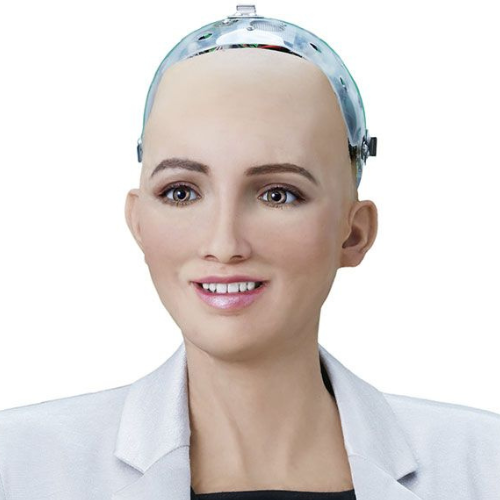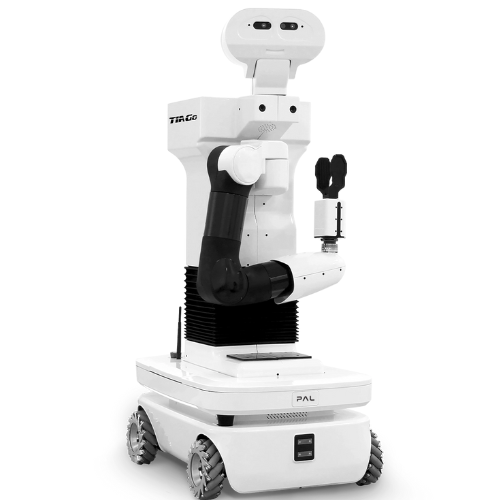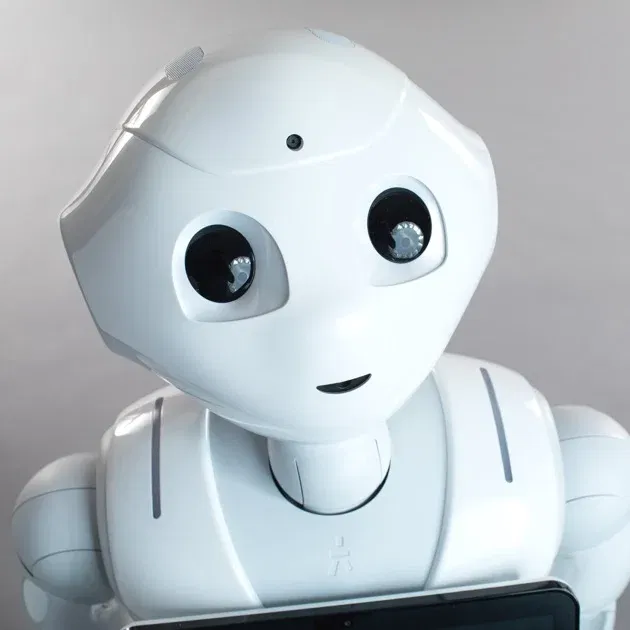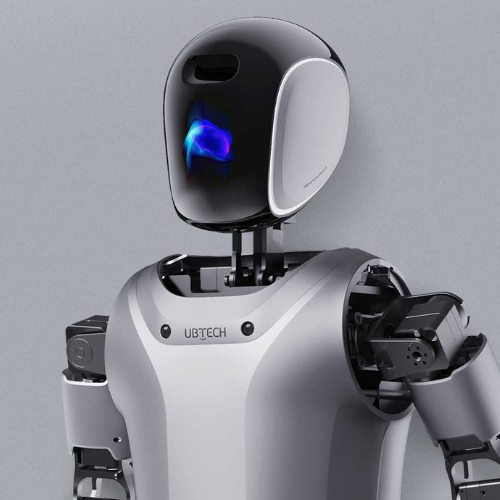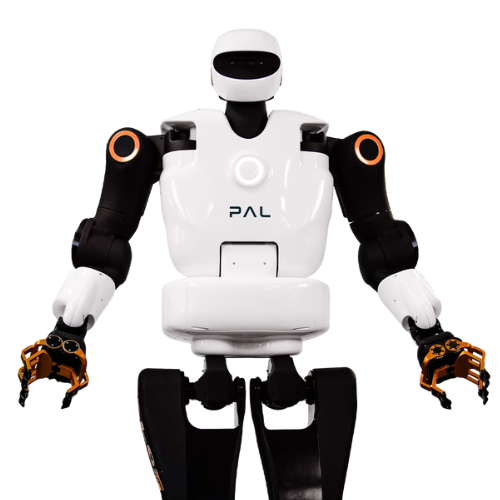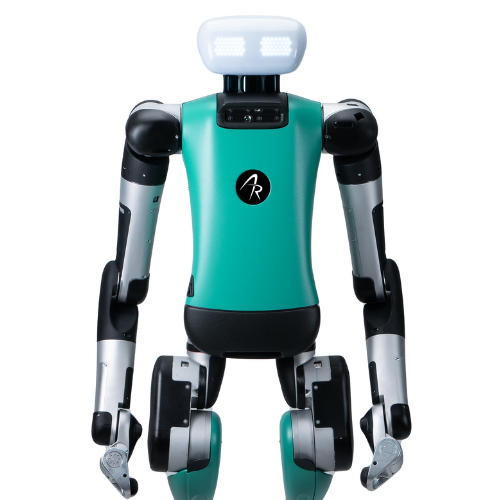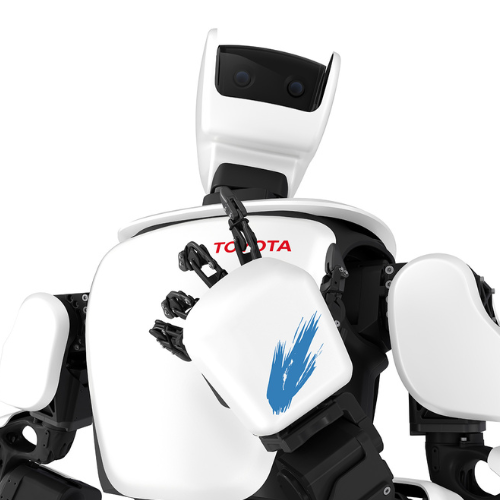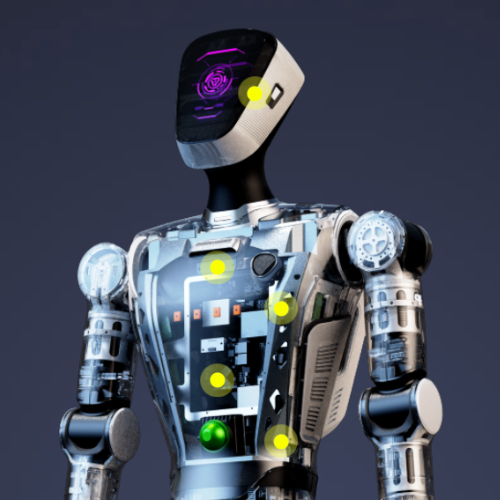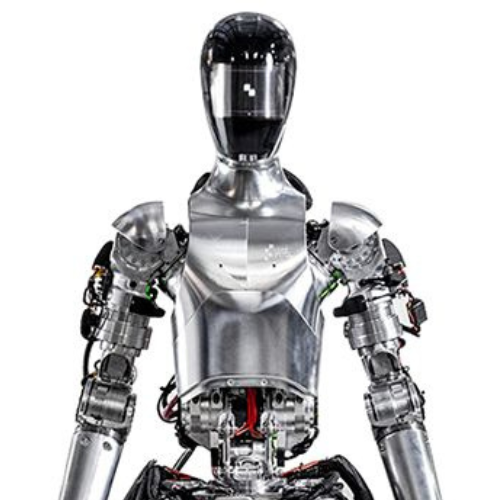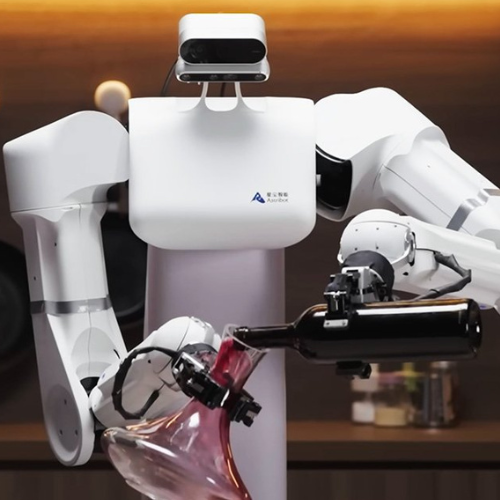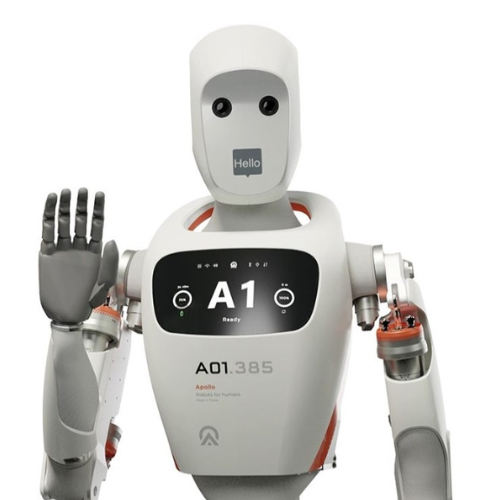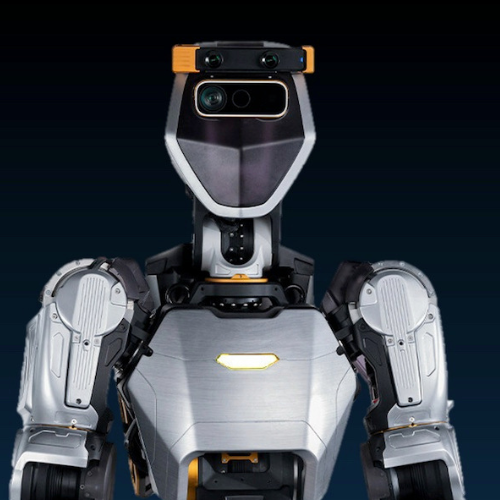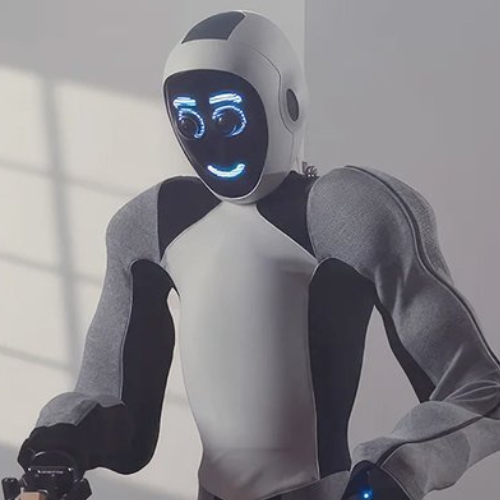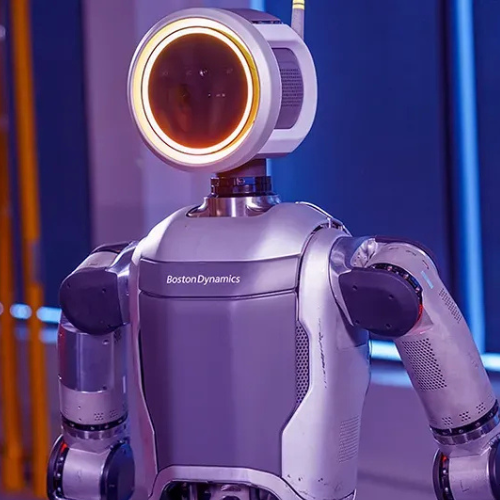Sophia
Sophia is a highly advanced social humanoid robot developed by Hanson Robotics, a Hong Kong-based company. She was activated on February 14, 2016, and made her first public appearance at South by Southwest (SXSW) in Austin, Texas, in mid-March 2016. Sophia is renowned for her human-like expressions and interactions, making her a prominent figure in AI research and public engagement.
Sophia represents a significant milestone in humanoid robotics, demonstrating the potential of AI in simulating human-like interactions. Her development has sparked discussions on AI ethics and the future of robotics, serving as a symbol of how AI can integrate into various aspects of human life.
Key Features:
Design and Appearance: Sophia's face is made of patented "Frubber" (flesh rubber), a material that mimics human skin and allows her to display over 60 facial expressions. Her design is inspired by Audrey Hepburn and Amanda Hanson, the wife of David Hanson, the founder of Hanson Robotics.
AI Capabilities: Sophia uses advanced AI techniques such as face tracking, emotion recognition, and deep neural networks to simulate human-like behavior. She can recognize faces, understand speech, and engage in conversations using natural language processing.
Applications: Sophia is designed for research, education, and entertainment. She has been used in various roles, including customer service, event hosting, and promoting products.
Recognition: Sophia gained international recognition when she was granted honorary citizenship by Saudi Arabia in 2017, becoming the world's first robot citizen. She is also the first robot Innovation Ambassador for the United Nations Development Programme.
Technical Specifications:
Height: 167 cm (5 feet 6 inches)
Weight: 20 kg (44 pounds)
Sensors: Includes Intel RealSense camera, custom 720p HD cameras for eyes, and audio localization array.
Actuators: Uses Dynamixel and Xpert servos for facial and arm movements.
Degrees of Freedom: 83 degrees of freedom for enhanced mobility and expression
